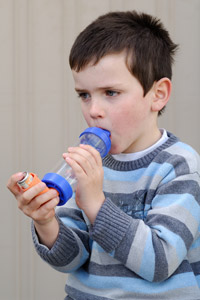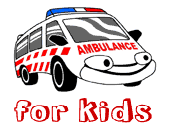Isolation and the lack of communication and medical services can make living with asthma in remote locations especially dangerous. The danger is further exacerbated for visitors traveling to remote regions because they can be unsure of their exact location and the availability of emergency care.

Travelers can also be exposed to trigger factors such as dust, pollen, animals and temperature changes that are not common in urban areas. These triggers can cause a severe attack that is not typical of the asthma attacks they experience at home.
Anyone who regularly uses a preventer or reliever medication can reduce the risk of a severe attack by taking the following precautions before they enter a remote region:
Have your asthma well controlled
Your asthma is not under control if:
- You cannot take part in normal physical activity without a wheeze, cough or chest tightness.
- You need reliever medication more than three times a week (except before exercise).
Visit your doctor before you leave.
Ask your doctor for a written Asthma Action Plan which includes details of medication normally taken when you are well, how to recognise worsening asthma symptoms and what to do in an asthma emergency. Have your doctor review your current medication. For trips to remote areas your doctor may prescribe extra medications, such as oral or inhaled steroids in the case of a severe attack.
Be prepared.

Have enough medication and equipment before you depart. Spacers may be a little bulky but they are light and portable and studies show they are as effective as nebulisers when equivalent dosages are used.
Be careful.
Always carry your reliever and mobile phone with you and if you go somewhere on your own, tell someone where you are going. Pack enough medication to last twice what you would expect to use. Carry your Asthma Action Plan in your bag with you at all times.
Have a plan.
Getting access to emergency care can be difficult in remote areas. Go to When to call an ambulance to identify what symptoms should trigger a call to the ambulance service. Don’t wait until it’s an emergency! Dialing 000 works in remote and rural areas in all states provided there is mobile coverage. The Royal Flying Doctor Service has in some regional areas specific RFDS emergency contact numbers and also operates a High Frequency (HF) radio network that covers remote areas. Click here to get these frequencies.
Carry the right gear
A functional mobile is the minimum requirement and a GPS is strongly recommended. Asthma sufferers with a history of severe attacks should consider buying or renting an Emergency Position Indicating Radio Beacon (EPIRB) before travelling in remote regions. For more information on EPIRBs click here.
 |
